2-Day Rational Emotive Behavior Therapy (REBT) Certificate Course by Debbie Joffe Ellis
$299.99 $89.00
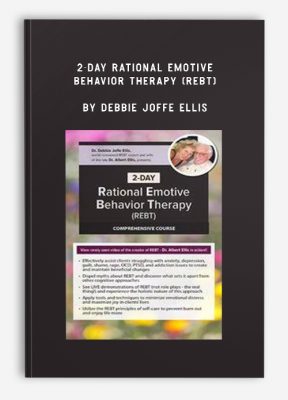
2-Day Rational Emotive Behavior Therapy (REBT) Certificate Course by Debbie Joffe Ellis
**More information:
Get 2-Day Rational Emotive Behavior Therapy (REBT) Certificate Course at Salaedu.com
Description
The Holistic Approach of REBT – Healing Mind, Emotions, and Self-Defeating Behaviors
Take advantage of this rare opportunity to learn the empowering, vigorous, compassionate, and effective evidence-based approach of Rational Emotive Behavior Therapy (REBT) from Dr. Debbie Joffe Ellis, the wife and career partner of the genius and revolutionary Albert Ellis, PhD, who created it. REBT is both a life-enhancing therapeutic approach AND way of life for those who adopt it as such! It is the most holistic of the cognitive psychotherapy approaches. It is evidence-based, providing no-nonsense and elegant methods, techniques, and guidelines which are at the same time imbued with a manner and philosophy of tolerance and unconditional acceptance.
During these times that contain much upheaval and uncertainty, there is no better time to learn and practice this powerful and holistic approach – which not only can enhance the healing and progress of clients and others we work with, but can also be a most healthy way of life for each of us who provide the healing and care for others. REBT enhances the work practitioners do in helping clients, patients, and others, and boldly encourages them to apply the principles to their own lives. The presenter, Dr. Debbie Joffe Ellis, is known as one of the world’s greatest teachers of the approach, and was entrusted by the late Albert Ellis, PhD to continue his work.
REBT’s Impact on the Worlds of Psychology, Counseling, and Therapy
- Massive cognitive revolution in psychology
- History and development
- The genius of Albert Ellis, PhD
- Innovative ways of coping with challenging life experiences
What is REBT and Why is it so Beneficial for my Clients?
- Basic tenets
- Unconditional acceptance of self, others, and life
- Healthy rational thinking vs. unhealthy irrational thinking
- Healthy negative emotions vs. debilitating unhealthy emotions
- Low frustration tolerance vs. high frustration tolerance
- The ABC self-help tool
- Vigorous REBT disputing
- Benefits and importance of homework
Methods and Techniques in REBT
- Cognitive Techniques
- The ABCDE method
- Assessing cost-benefit ratio
- Distraction methods
- Modeling
- Mindfulness
- Emotive-Evocative Techniques
- Rational Emotive Imagery
- Shame-attacking exercises
- Coping statements
- Role play
- Humor
- Gratitude
- Behavioral Techniques
- In-Vivo Desensitization
- Relapse prevention
- Using reinforcement
- Skill training
- Application to specific mental health issues
- Depression
- Anxiety
- Shame/guilt
- Rage
- Addictive behaviors
- PTSD
- OCD
- REBT in practice
- Sole approach
- Multi-modal
Demonstrations
- Demonstration of REBT techniques – not role plays!
The Holistic and Philosophical Nature of REBT
- Mindfulness and ‘Thinking about our Thinking’
- REBT and Spirituality
- REBT and Buddhism – similarities and differences
- The heart of REBT
- Unconditional acceptance
- Gratitude
- Compassion
- Empathy
The Effective REBT Therapist
- The importance and how-to’s of self-care
- Recommendations for greater effectiveness as a practitioner and on ourselves
REBT Myth-Busting
- Exposing myths and misconceptions, and presenting the truths
- Unique REBT qualities which set it apart from the many cognitive approaches
- Later approaches derived from tenets of REBT
- CBT
- Other approaches
REBT in action!
- Exercises
- Practice the ‘ABCDE’ method
- Video of REBT counseling session
- Video – Rare footage of Albert Ellis, PhD
- Discussion and Q & A’s
More information about Medical:
Medicine is the science and practice of establishing the diagnosis, prognosis, treatment, and prevention of disease.
Medicine encompasses a variety of health care practices evolved to maintain and restore health by the prevention and treatment of illness.
Contemporary medicine applies biomedical sciences, biomedical research, genetics, and medical technology to diagnose, treat, and prevent injury and disease,
typically through pharmaceuticals or surgery, but also through therapies as diverse as psychotherapy, external splints and traction, medical devices, biologics, and ionizing radiation, amongst others.
Medicine has been around for thousands of years, during most of which it was an art (an area of skill and knowledge) frequently having connections to the religious and
philosophical beliefs of local culture. For example, a medicine man would apply herbs and say prayers for healing, or an ancient philosopher and physician would apply bloodletting according to the theories of humorism.
In recent centuries, since the advent of modern science, most medicine has become a combination of art and science (both basic and applied, under the umbrella of medical science).
While stitching technique for sutures is an art learned through practice, the knowledge of what happens at the cellular and molecular level in the tissues being stitched arises through science.
1 review for 2-Day Rational Emotive Behavior Therapy (REBT) Certificate Course by Debbie Joffe Ellis
Add a review Cancel reply
Related products
HEALTH - FITNESS - LIFESTYLE - MEDICAL
HEALTH - FITNESS - LIFESTYLE - MEDICAL
HEALTH - FITNESS - LIFESTYLE - MEDICAL
HEALTH - FITNESS - LIFESTYLE - MEDICAL
HEALTH - FITNESS - LIFESTYLE - MEDICAL
Complete Certified Professional Coach Online Course from Berry Fowler
HEALTH - FITNESS - LIFESTYLE - MEDICAL
HEALTH - FITNESS - LIFESTYLE - MEDICAL
HEALTH - FITNESS - LIFESTYLE - MEDICAL




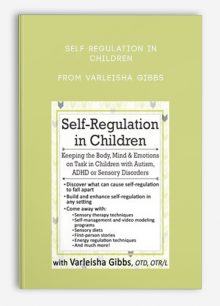
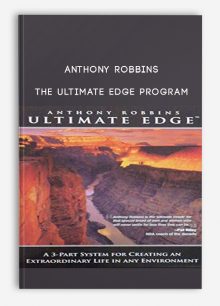

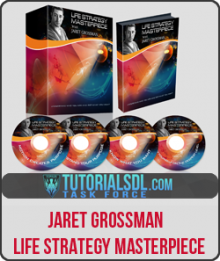
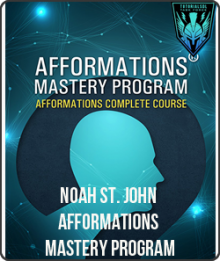
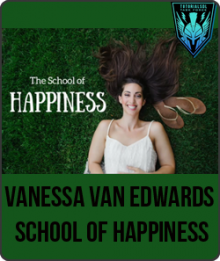
Trevis Trevis –
This is one of the most beautiful website and you can check the reviews of my website here: https://salaedu.com/clients-proof-and-reviews/